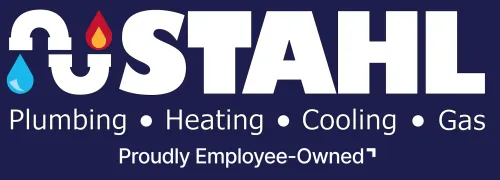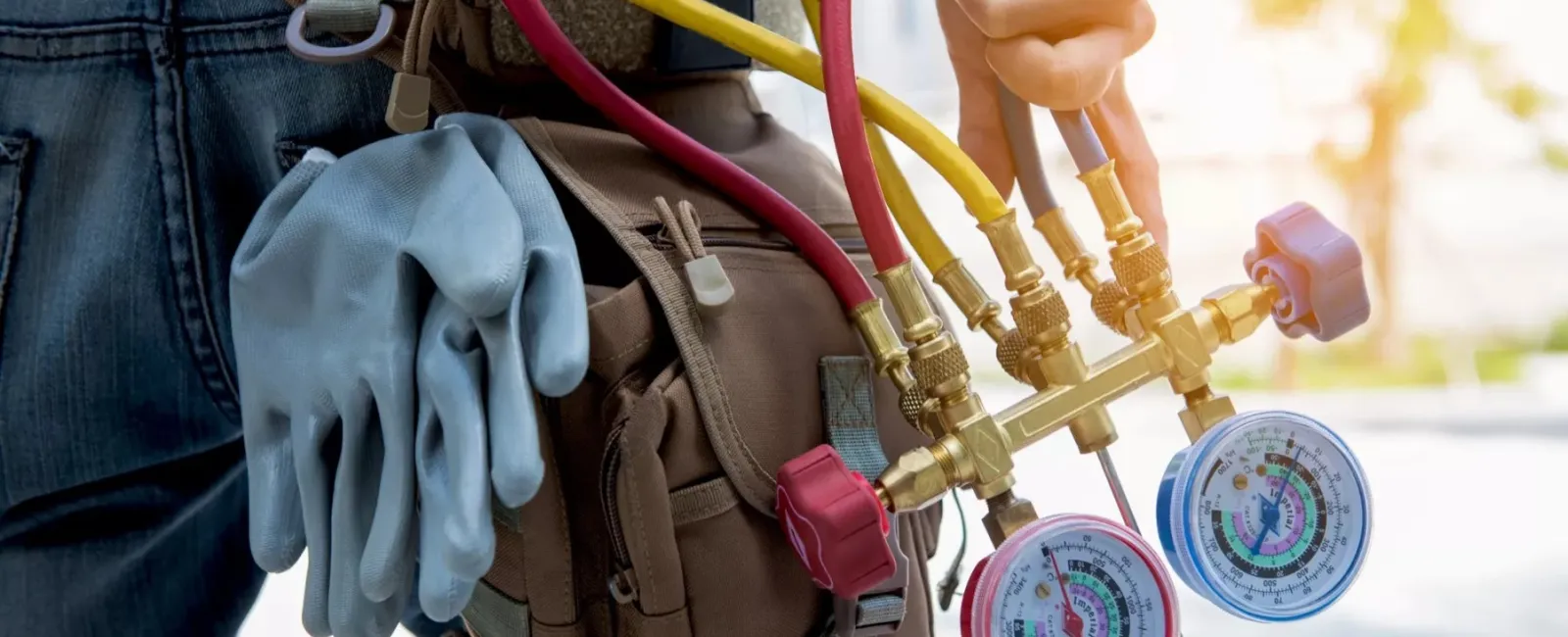Ductless heating and cooling systems are growing in popularity due to their quiet, energy-efficient operation. While many homeowners avoid changing the type of their heating and cooling system when installing a new unit due to the extensive renovations needed to make a switch, this is not the case with ductless HVAC systems. Ductless systems can be installed in virtually any location.
What is Ductless Heating and Cooling?
Traditional heating and cooling systems operate by heating or cooling the air at a central location and then sending it throughout the home via a system of ducts. Ductless systems cut out the "middle-man" and place a heating and cooling unit inside each room. These units cycle the air directly within the room and work with the help of an outside compressor unit.
What Does the Outside Compressor Unit Do?
The outside compressor unit is responsible for pumping heat into or away from the inside blower unit. It works by pumping refrigerant into the indoor unit and back to the outdoor unit. The refrigerant runs through tubes in the indoor unit and the air is heated or cooled as it passes over the air.
How Many Outside Compressor Units Do You Need?
Depending on the size of the units you select, you could theoretically use one for a large home, but most people use one per group of rooms. This allows you to divide your house into zones so that you can save money by only heating or cooling the rooms that you are actually using instead of having to heat or cool your entire house at once.
Where Can Ductless Units Be Installed?
The indoor units are either hung on the wall or placed along the floorboards in each room of your home. The outdoor units can be placed on any solid outdoor surface — this could be a cement block next to a house or on a condo roof if you have exclusive access to that area. The indoor and outdoor units are connected by small tubes not much bigger than cable wires. You will only need to drill a small hole in the wall, won't have to tear up your ceilings or large portions of your walls and probably won't have any issues with historic preservation rules.
If you are interested in going ductless or have more questions regarding the extent of this venture, contact us at (412) 273- 1000.

